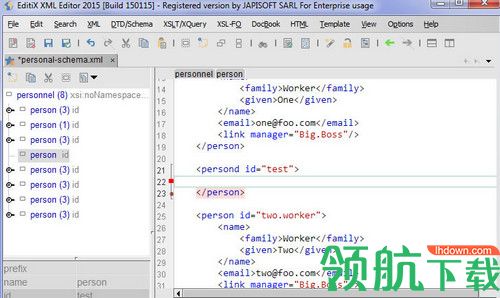
Start an email newsletter – one of our customers, Josh, sent an email to his list about his podcast and did 3x the listens in one day. Use keywords to your advantage – when folks look for the best podcasts about farming, they search "best farming podcasts." If your podcast is called "The Farming Podcast," you're more likely to get found, as opposed to calling your show: "Steve Smith – the modern agrarian." Send out teasers and samples, and create momentum for your official launch day. Create a "coming soon" web page for your show, and get folks to sign up for a waiting list. Marketing a podcast is a big topic, but here are some quick tips:īuild anticipation before you launch – one big opportunity many folks miss is building up anticipation before they launch. To succeed with podcast promotion, you'll want to target those channels! Best ways to market your podcast Recommendations from Friends/Family (66%) The foundation has been set! You have recording equipment, you've uploaded your first episodes, you've submitted your feed to various players now you'll want listeners.Īccording to Edison Research (2019), here are the top three ways listeners find podcasts: Like I mentioned, apps like Overcast and Castbox scrape the Apple Podcasts directory, so if you submit first to Apple, you'll eventually show up there too. Like Spotify, they re-host your audio (which some folks don't like). Stitcher – Stitcher used to be a popular player, but isn't as important these days. Pocket Casts – Pocket Casts is a popular player, now owned by WNYC, NPR, WBEZ and This American Life. (Transistor websites do this automatically) Instead, you'll need to have a website for your podcast with a element that points to your RSS feed. There's nowhere to "submit" your show, however. Google Podcasts – Google now has a built-in podcast player on Android. Note: they re-host your audio files and show notes on their server. Spotify – Spotify has quickly become a major player in the podcast space. (I recommend submitting in this order)Īpple Podcasts (iTunes) – nearly every podcast directory (Podchaser, Overcast, Pocket Casts, Breaker, Castro, Listen Notes ) uses Apple’s directory as their “master copy.” If your show is on Apple Podcasts, it will automatically show up on most of the other directories. Make sure you submit your RSS feed to these podcast players. You can’t connect it to your computer without something like the Scarlett."įor more information on how podcast distribution works, read this guide. "To be clear," he says, "you still need an audio interface with the DBX 286s. It has a very effective gate that cuts the room noise out." Sean recommends setting the DBX input gain at 50–55, and output gain at 0–5db. Matt says: "I don’t need a lot of soundproofing in my room with the DBX. It's the most affordable USB interface I've found and is comparable in quality to the Scarlett (below).įocusrite Scarlett 2i2 ($160 USD) – used by thousands of podcasters, the Scarlett is a popular USB interface.ĭBX 286S Preamplifier ($219 USD) – my friends Sean McCabe and Matt Giovanisci swear by this preamp.

Most of these have two (or more) inputs, which will allow you to record multiple microphones at the same time.īEHRINGER UMC202HD ($99 USD) – I've been using this little preamp + USB interface for the past year, and really like it.

If you're using an XLR microphone, you'll need to connect it to your computer via a USB interface.

(An additional USB interface/preamp is also required).īest podcasting preamps and USB audio interfaces Heil PR 40 ($399 USD) – another classic microphone for voiceover work, also highly rated. You'll also need a USB interface for this mic. Shure SM7B ($399 USD) – consistently ranked as one of the best podcast microphones by professionals. It's a pro-level dynamic mic, but (unlike the SM7B) has both USB and XLR outputs. New: Shure MV7 ($249 USD) – inspired by their SM7B, Shure created the MV7 specifically for podcasters. A great option if the Samson Q2U is sold out.Īudio-Technica ATR2100x-USB ($99 USD) – this is the newer version of the much-loved ATR2100 mic. Samson Technologies Q2U ($60 USD) – this dynamic microphone can plug into your computer via USB or you can use an XLR cable.Īudio-Technica ATR2005-USB ($79 USD) – another dynamic microphone with USB and XLR inputs. Here are some better microphone options (from least expensive, to most costly): This condenser microphone picks up a lot of room noises (especially any thumps or bumps you make while recording). Many folks use the Blue Yeti USB microphone, but we don't recommend it.


 0 kommentar(er)
0 kommentar(er)
